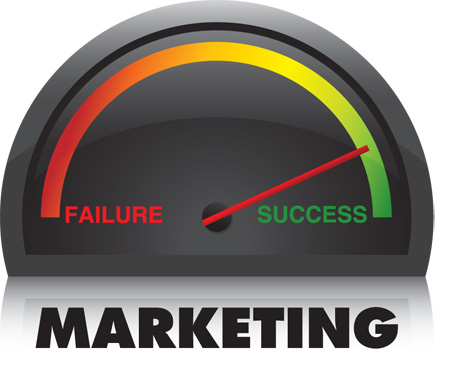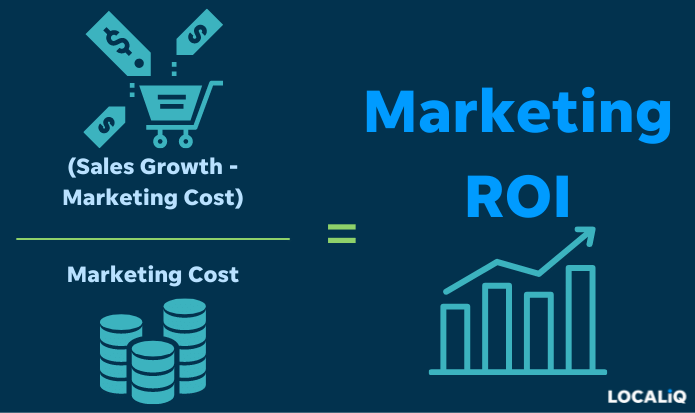 Creating content is just the beginning of the journey of content marketing. The next step requires measurement of the effectiveness of your content and how it is being received by your audience. Your content must be analyzed and measured in more than one way in order to truly create effective content.
Creating content is just the beginning of the journey of content marketing. The next step requires measurement of the effectiveness of your content and how it is being received by your audience. Your content must be analyzed and measured in more than one way in order to truly create effective content.
Here are 3 Marketing Metrics to keep an eye on for smart content marketers.
1. What is your conversion rate?
Producing content just to produce content is simply not enough. If your content isn’t building your business somehow, preferably by bringing visitors, then you need to reassess what kind of content you are providing. If your call-to-action is weak, this will also affect what kind of conversions you will see.
Conversion is the primary goal of content and is the best way to measure success. Google Analytics is one tool that is helpful in determining your conversion rates. You can track conversions from email opt-ins or lead generation forms as well as tracking abandoned shopping carts for e-commerce sites. It also allows you to set goals for your site, which will help you determine if your conversion rates are meeting your expectations.
Keeping track of conversion rates will help you create targeted, relevant and effective content. Without these metrics, you will be unaware of whether or not your content marketing strategy is working.
2. What is your ROI?
ROI or Return on Investment is what tells you how profitable your content marketing strategy is as a whole. If you are producing valuable content and engaging readers, you are building followers and potential customers. In order to gauge your ROI, you need to measure consumption, lead generation, sales and sharing metrics.
Google Analytics has the ability to measure many of these areas. Once you find how many visitors are coming, how long they are staying and where they are clicking, you will be able to determine if your content is effective. A lead capture form is one way to track leads. Social media sharing metrics is also important in determining ROI when it comes to content marketing.
Assessing each of these areas will help you determine your cost per lead. If you compare the data with lead to close ratios, you will be able to determine your ROI and discover the success of your content marketing strategy. When each of these areas is measured and analyzed, your content will become a powerful tool.
3. What’s the deal with bounce rates?
A bounce rate is simply how many visitors don’t interact with your site after visiting the first page. It is a huge deal for content marketers because it indicates visitors are uninterested. As a content marketer, keeping people around and continuing to click is important to your overall success. If your bounce rate is over the average 41 to 55 percent, you need to reassess your content to find out if it is the kind of content your audience really needs or wants.
A smart content marketer is going to keep their eye on each of these metrics in order to determine the effectiveness of their strategy or campaign. While it seems like a lot of information to track, doing so will lead you to success in content marketing.








